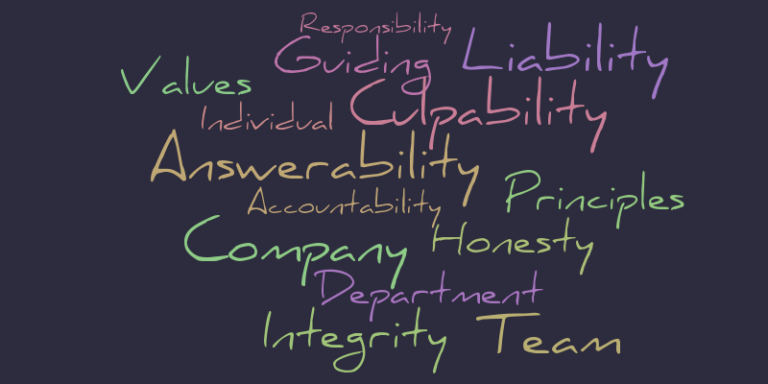Why We Aren’t Getting The AI Governance Thing Right (Yet)
Why We Aren’t Getting The AI Governance Thing Right (Yet)
By Eli Amdur
Now that we’re up to our necks in alligators – namely, the conflict between innovation and governance in AI – we’re starting to see why we haven’t gotten it right – or even appear to be sufficiently down that path. The answer is, we’re not ready. (In all fairness, some of us are, but in general, not so much.)
First, a quick – repeat, quick – history of AI in one paragraph.
A Brief History of AI
In ancient times, myths developed about artificial beings endowed with intelligence or consciousness. (AI, you see, is nothing new.) In the 1940s, machines based on the abstract essence of mathematical reasoning were invented. In the 1950s, AI research was born; for the remainder of the 20th century, centers of innovation bubbled up around the world; in this century, machine learning and deep learning were developed and produced Generative AI. The world went nuts.
This concludes all you need to know on the history of AI – for now. As promised, one paragraph.
The Race Between Innovation and Governance
Do you see what happened recently that didn’t in the millennia before? Demand. Through rising awareness and falling costs, AI became …what?…hot! The market overtook the laboratory, and the race was on. And in a race between innovation and governance, it’s innovation that always comes out of the blocks first, with governance left to catch up.
So, where do we stand? AI innovation and development – from both good actors and bad – is leaving other well-meaning good actors murmuring about governance. In the meantime, the amount and pace of development is dizzying, both beneficial and destructive, and is, as expected, where both the opportunities and the problems are.
The relationship between problems and opportunities, by the way, is simple. Problems are opportunities poorly dressed. That’s all.
Now, why is there such a mismatch between AI innovation and AI governance? I think the answer is embarrassingly simple. There’s a component that does – or should – exist between the two: AI regulation. To my way of thinking, you can’t govern something unless you know what you’re governing, and if you look at the definition of governance, you’ll see what I mean.
What is Governance?
Governance is the overall system or framework of processes, functions, structures, rules, laws and norms within an organized group of individuals. All those pieces – structures, rules, etc. – must be in place in order to be governed,
And they’re not. We love innovation but abhor regulation. Right now, we’re the proverbial kids in the candy store. We know regulation, to some extent, is good in the long run, but in the here-now, geez it’s a drag. That’s not the most sophisticated way to say it, but go tell me I’m wrong.
Meanwhile, everyone is running around talking about governance in such self-righteous ways, but missing the point. When we regulate – and then know what we are regulating – we’ll surely get the governance thing right.

